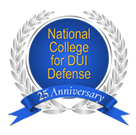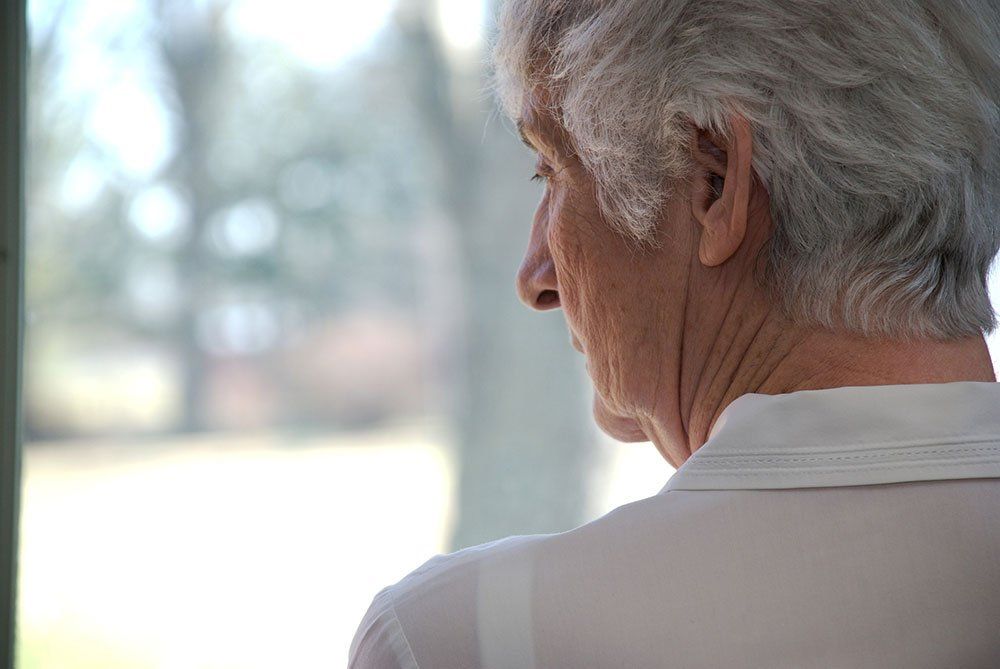How common are eyewitness mistakes?
A man gets shot and killed at a house party in Tennessee. The police arrive, talk to witnesses, and then arrest you at your home. One of the witnesses claims that you came to the party, fired the fatal shots, and then fled from the scene.
For the police, this is enough to make an arrest and start an investigation. It may also influence a jury to convict you and put you behind bars for the rest of your life.
But should it? Can they really trust that eyewitness? While the jury often does, science says they shouldn’t be so quick to do so.
Overturning Convictions
The evidence we have for this comes from overturned convictions in prior cases. Legal experts and organizations have been fighting to make things right for years, and they have overturned around 350 wrongful convictions.
They do it, in many cases, with DNA evidence. These cases may have gone to trial before DNA evidence was able to be analyzed or the authorities may have found the evidence later. When it does come to light, it clearly and irrefutably shows that someone else committed the crime.
For instance, maybe they found the gun at the party, and there was a hair stuck in the action. It was the exact same color as your hair and appeared to back up the idea that you fired those shots. However, DNA testing of the hair years later showed that it belonged to someone else. Since it was stuck in the action, that shows that the gun was not fired afterward, suggesting that whoever held the gun last had that hair.
This is just one example. DNA sources can also include things like bodily fluids, skin cells, and blood.
Eyewitness Testimony
In overturning these cases, experts began looking at why people got convicted in the first place. What they found was shocking: In about 70 percent of the cases, a heavy majority, part of the equation was a mistaken eyewitness identification.
In short, someone picked the alleged perpetrator out and testified that they committed the crime. The witness saw them do it. That may have swayed the jury and put them in jail.
But, in 70 percent of these overturned cases, the witness was simply wrong. They picked out the wrong person. Maybe it was too dark to see or they didn’t get a good look. Maybe the two people appeared physically similar. No matter the reason, they made a mistake that put an innocent person in jail.
Your Legal Rights
If you are facing murder charges , you can’t overstate the potential ramifications. It is critical to know why we can’t trust eyewitnesses and to be empowered with your legal defense options.
The post How common are eyewitness mistakes? appeared first on Houston & Underwood PLLC.



























